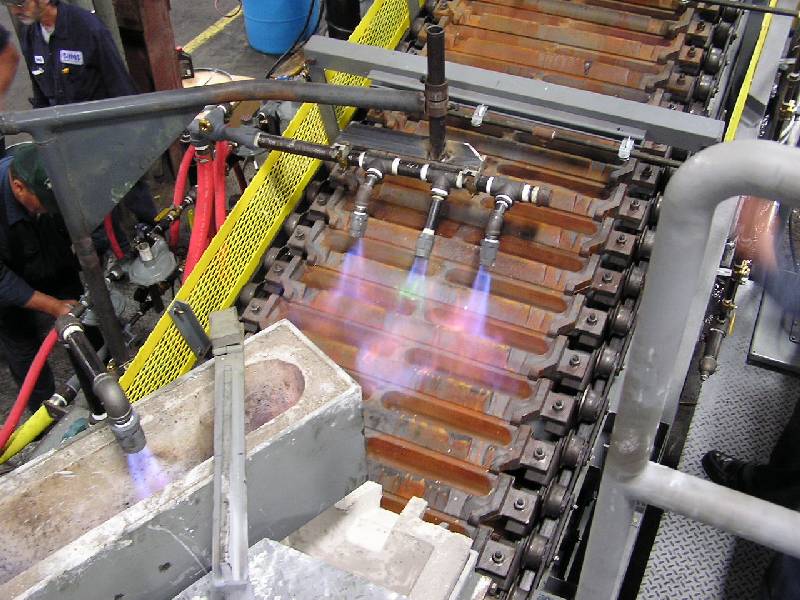
20 12月 Aluminum melting process
Aluminum melting process
Introduction to the aluminum melting process
Loading aluminum melting furnaces → melting (add copper, zinc, silicon, etc.) → slag picking → adding magnesium, beryllium, etc. → stirring → sampling → adjusting ingredients → stirring → refining → slag picking → converter → refining deterioration and standing → casting.
Ceramic Foam Filter from AdTech Metallurgical Materials Co., Ltd has been focusing on research, development, production, and marketing of the adhesive ceramic foam filter(CFF) for aluminum alloy casting Since 2012.
Outfitting of induction melting furnaces:
The correct method of loading the furnace is very important to reduce the burning loss of metal and shorten the melting time. For the reverberatory furnace, a layer of the aluminum ingot is laid on the bottom of the furnace, the burnable material is put in, and then the aluminum ingot is pressed. The lower melting point reflow material is placed on the upper layer so that it melts at the earliest, and the lower burnable material is covered to reduce the burning loss. The various charge materials should be evenly and evenly distributed.
Melting:
The melting process and melting speed have an important effect on the quality of aluminum ingots. When the charge is heated to soften the bed, the flux should be appropriately covered. During the melting process, care should be taken to prevent overheating. After the level of the molten charge of charge is level, the melt should be properly stirred to make the temperature consistent, and it is also beneficial to accelerate melting. Excessive melting time not only reduces the furnace production efficiency but also increases the melt gas content. Therefore, when the melting time is too long, the melt should be re-refined.

Slag-slagging:
Slag-slagging can be done when all the charging materials are melted to the melting temperature. Before picking up slag, dust powder should be sprinkled (for high magnesium alloys, the sodium-free flux should be sprinkled). Slag scraping should be as thorough as possible because scum is easy to contaminate metals and increase the gas content of the melt.
After adding magnesium and beryllium slag, magnesium ingots can be added to the melt, and flux should be added for covering. For high magnesium alloys, in order to prevent magnesium burnout, 0.002% to 0.02% of beryllium should be added. Beryllium can be obtained from sodium beryllium fluoride by metal reduction. Sodium beryllium fluoride is mixed with flux.
Stirring:
Allow sufficient time for stirring before sampling and after adjusting the ingredients. The stir should be stable without damaging the oxide film on the surface of the melt.
Sampling: After the melt has been fully stirred, it should be immediately sampled and analyzed before the furnace.
Adjust the ingredients:
when the ingredients do not meet the standard requirements, supplement or dilute.
Melt converter:
After the composition is adjusted when the melt temperature meets the requirements, the surface scum is picked up and the converter can be converted.
Refining of melts:
Different metamorphic components have different purification and metamorphic methods and refining fluxes.


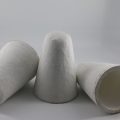
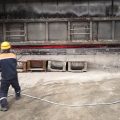
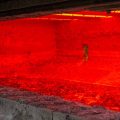
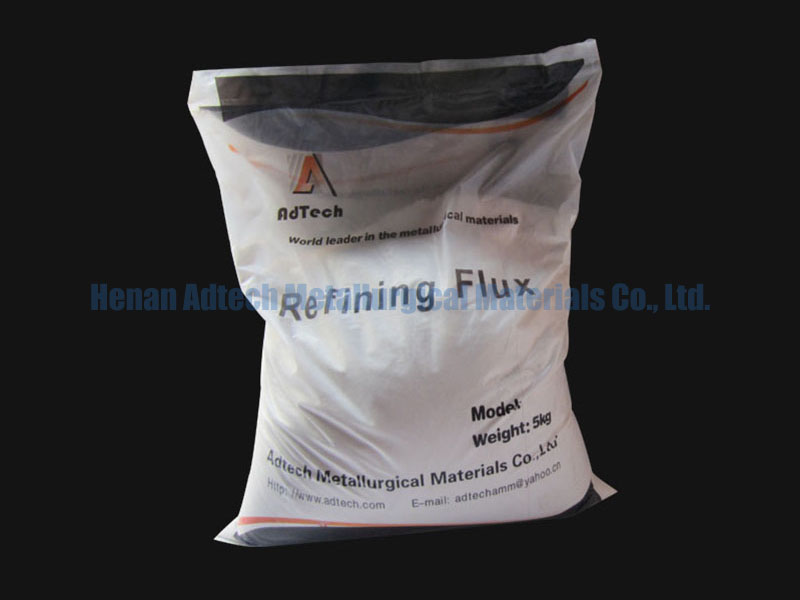

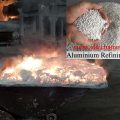
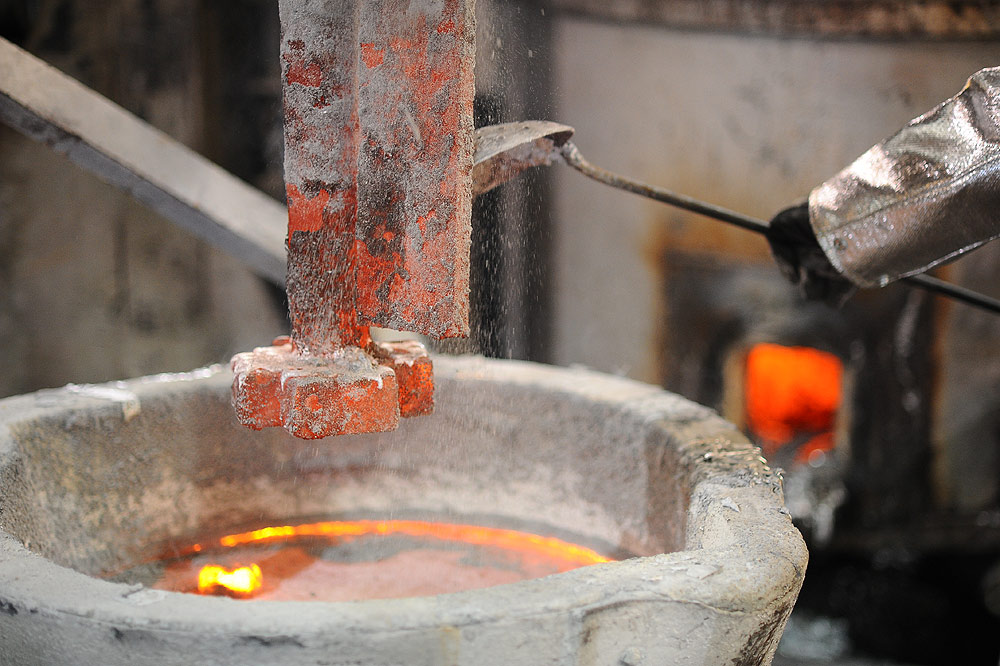
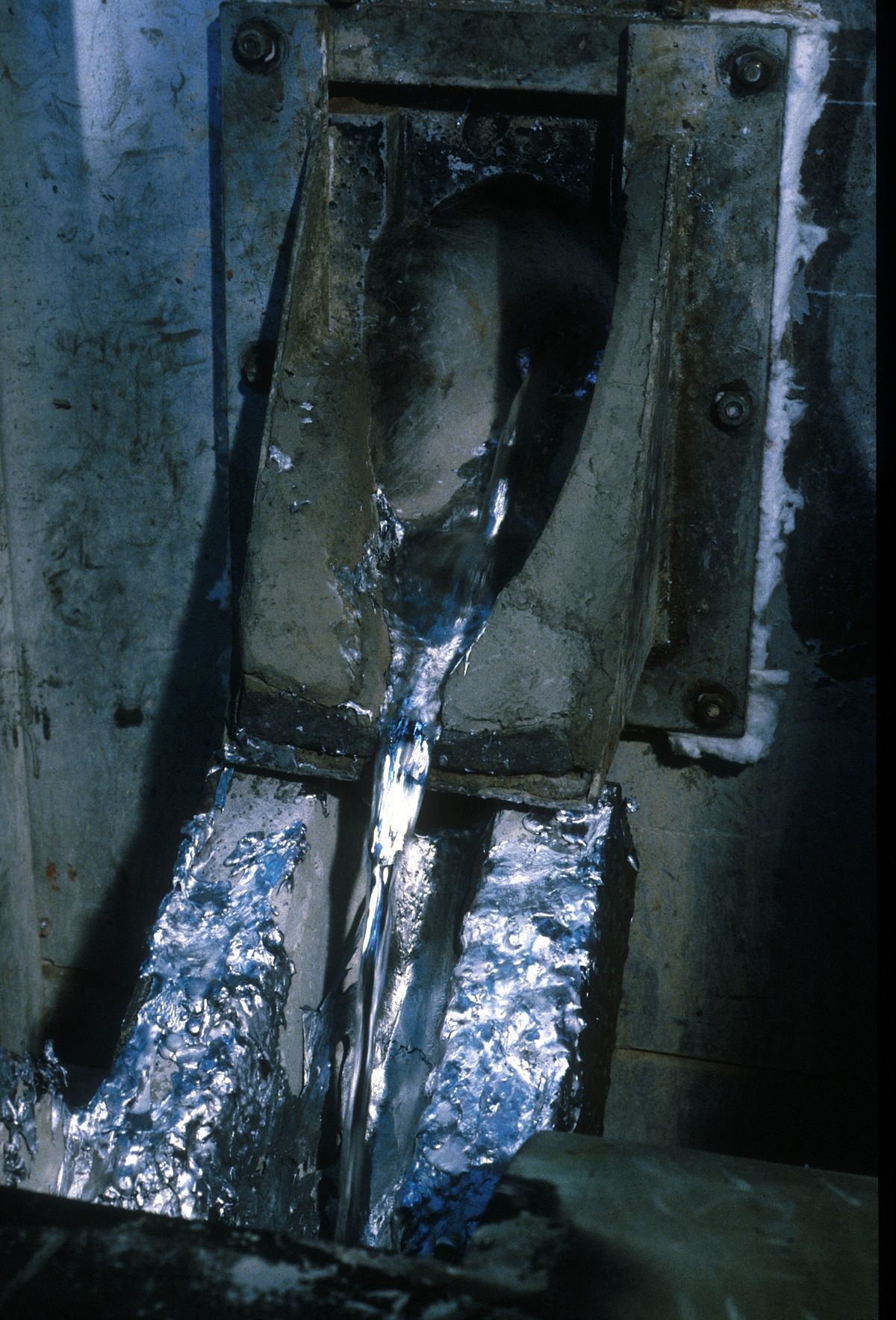
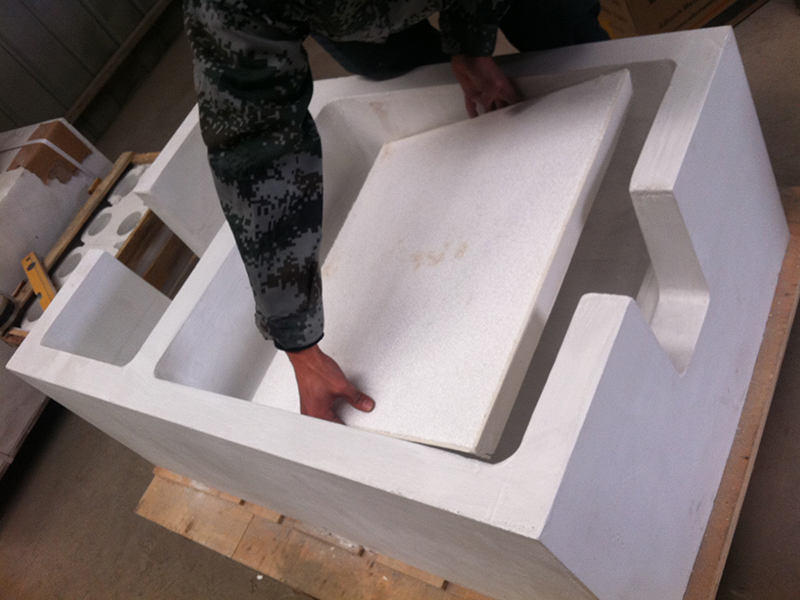
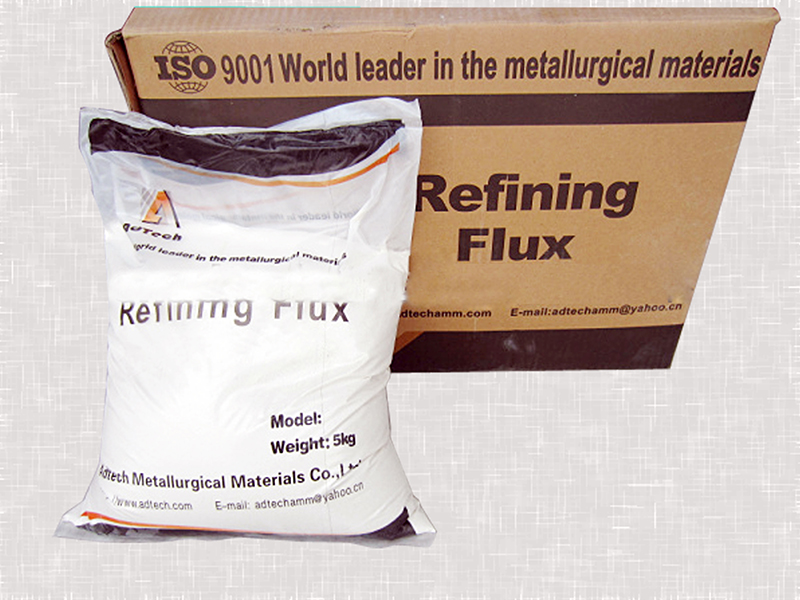
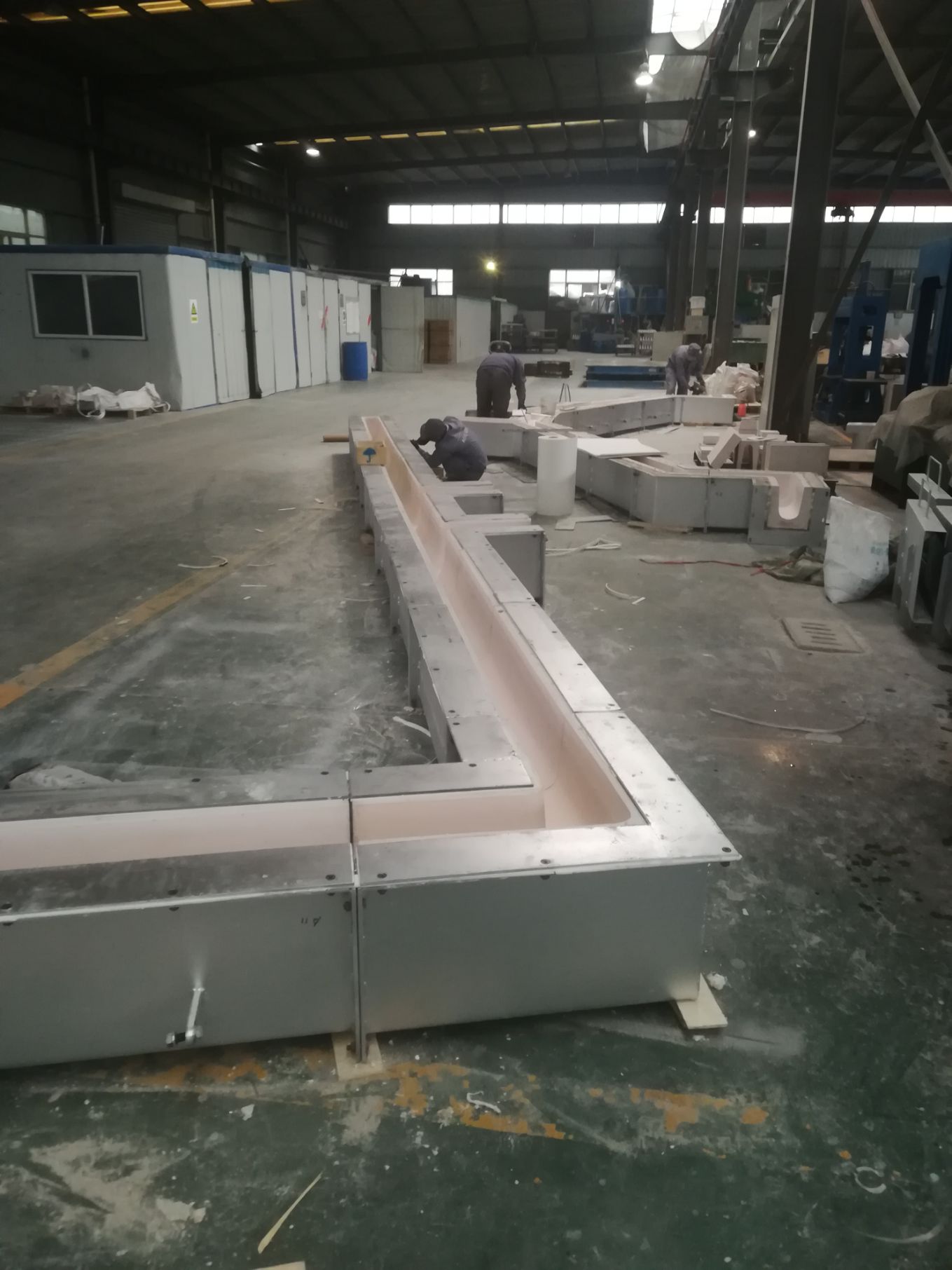
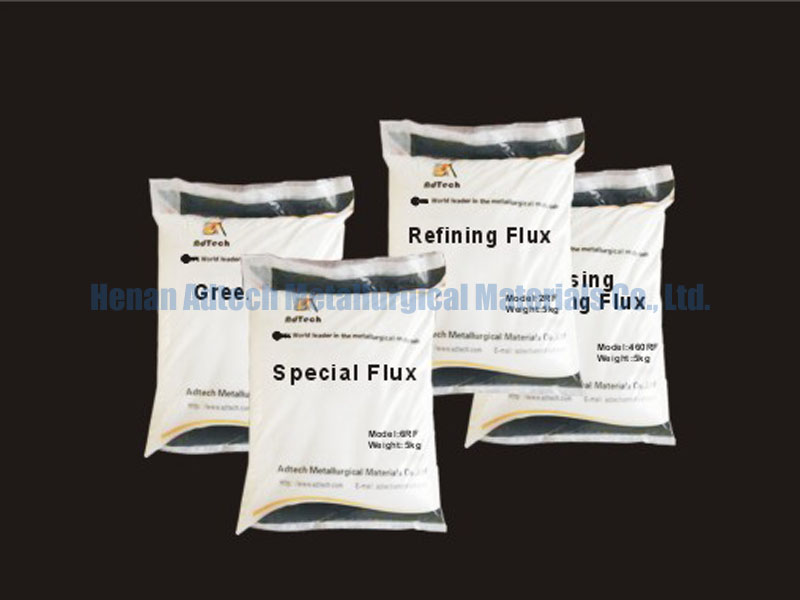
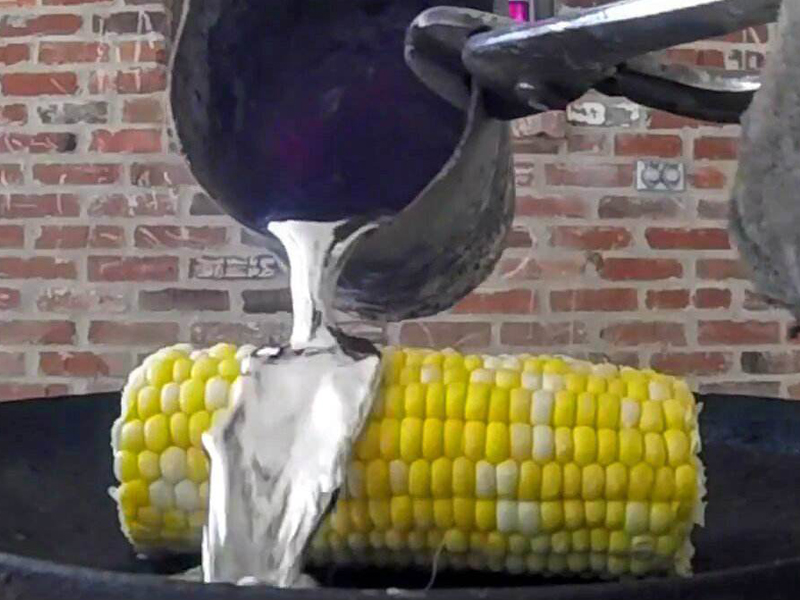
Sorry, the comment form is closed at this time.